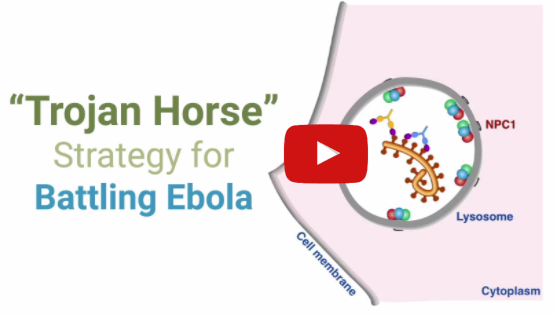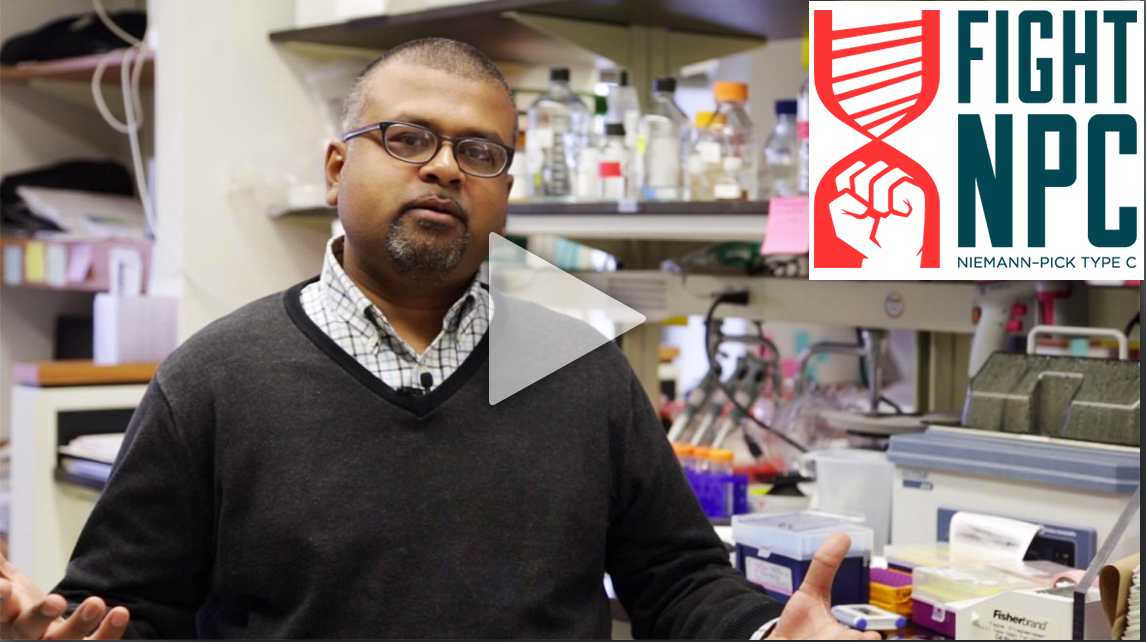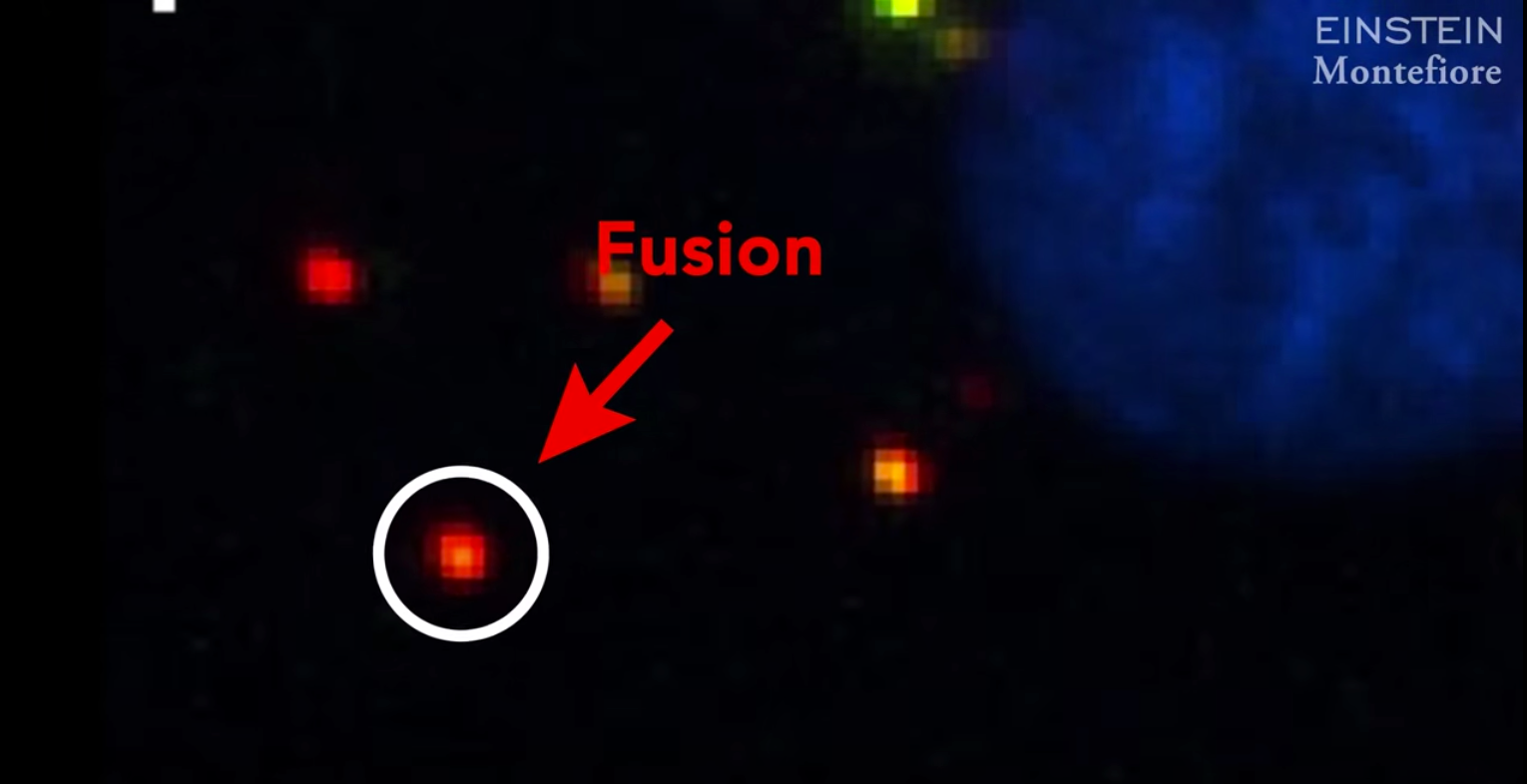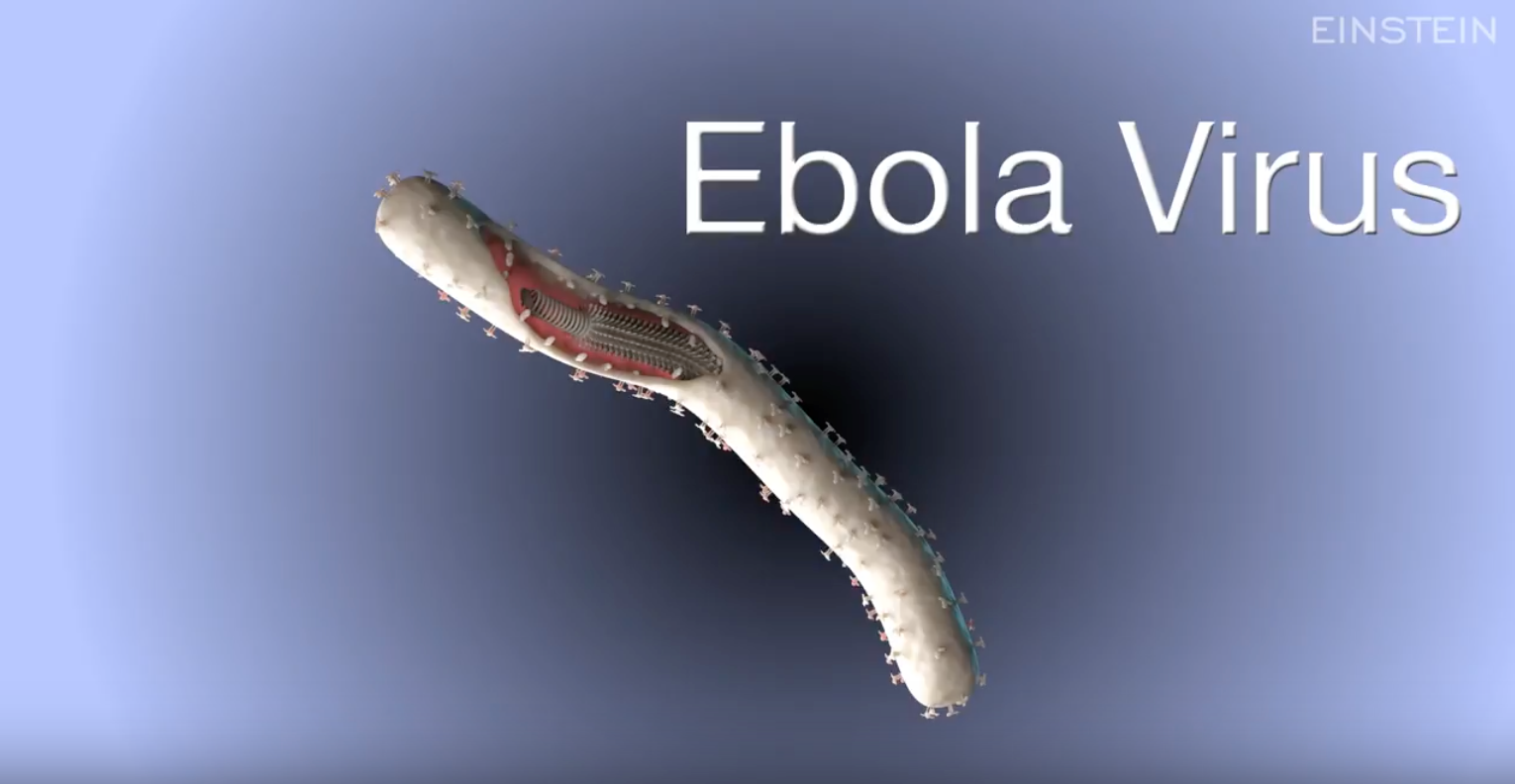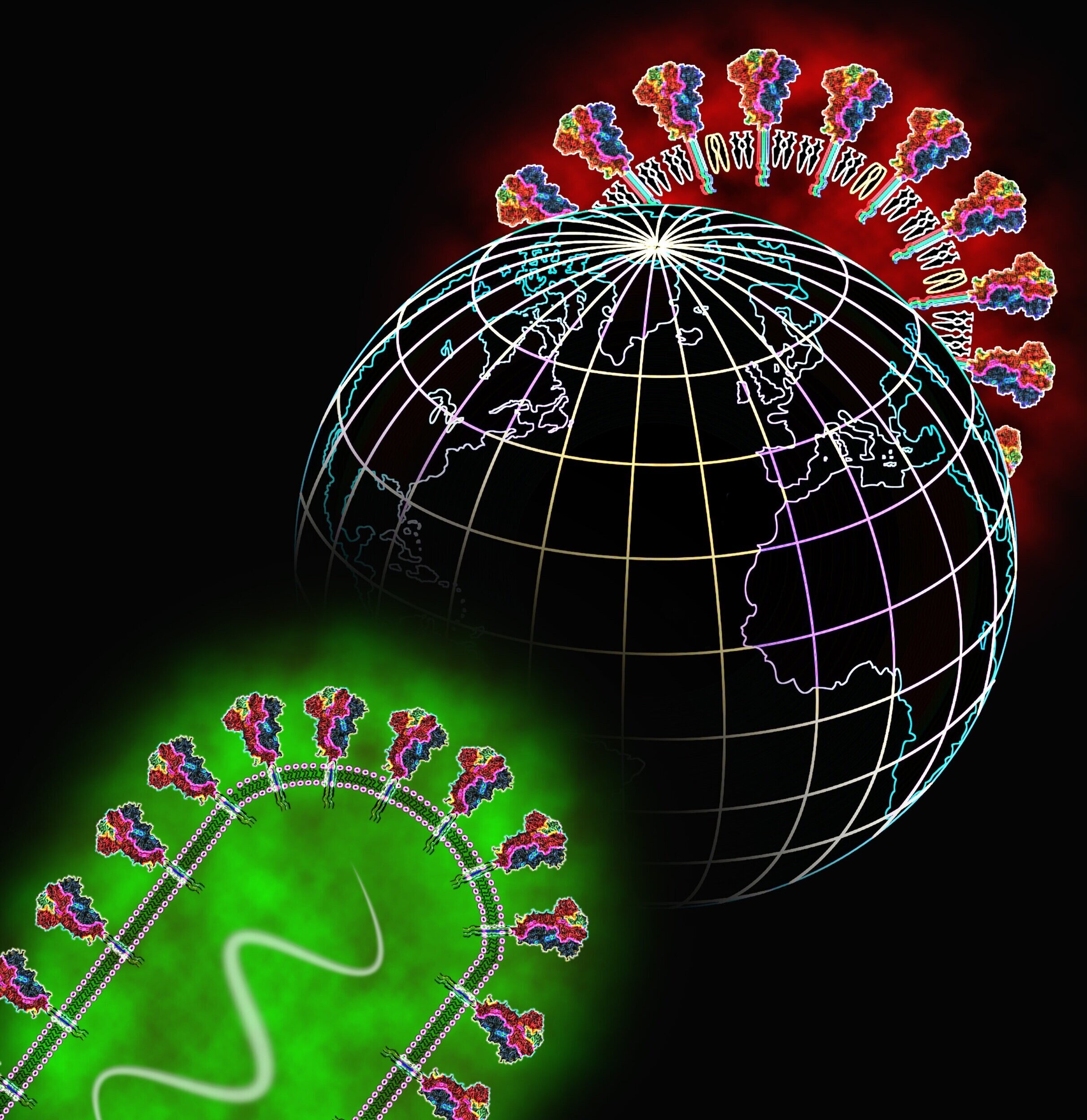The Hunt Narrows for Ebolavirus Hosts
/Model Helps Prioritize Bat Species for Surveillance
Bats are widely recognized as the primary hosts of filoviruses, such as Ebola, yet the specific host species of ebolaviruses are not definitively known. In a study led by the University of California, Davis, and the Albert Einstein College of Medicine (Einstein), scientists have developed a new tool to narrow down potential host species of filoviruses and better prioritize wildlife surveillance. The research is part of global efforts to prevent viral spillover between animals and humans.
LASso et al., cell host and microbe 2025
The study, published today in the journal Cell Host & Microbe, sheds light on the molecular rules that govern how filoviruses recognize their receptor and helps pinpoint unknown hosts of these viruses.
“The fundamental question is, where is the next ebolavirus outbreak going to come from?” said co-leading author Simon Anthony, an associate professor with the UC Davis School of Veterinary Medicine. “If we don’t know what the wildlife host is, we can’t know how, where or when that will be.”
The biggest filovirus outbreak, caused by Ebola virus, occurred in three West African countries from 2014 to 2016. It killed more than 11,000 people and infected more than 28,000. More recently, a filovirus outbreak caused by Marburg virus began last September in Rwanda, resulting in at least 15 deaths and 66 cases.
Unlocking the cell
The study is the most comprehensive investigation of filovirus receptor binding in bats to date. To enter a human cell, an ebolavirus glycoprotein has to attach — or bind — to a cell receptor.
In 2011, co-leading author Kartik Chandran, professor of microbiology and immunology at Einstein, helped discover the cholesterol-trafficking protein Niemann-Pick C1 (NPC1) as this critical Ebola entry receptor.
“Remarkably, all filoviruses isolated to date require NPC1 as a receptor,” said Chandran.
For this study, the authors conducted large-scale binding assays to evaluate how well the glycoprotein from different filoviruses interact with bat NPC1 proteins. They also used machine learning to decipher the genetic code underpinning receptor binding for these viruses.
The researchers then focused on bat species whose NPC1 proteins bind strongly to the Ebola virus glycoprotein and live in regions where previous Ebola outbreaks have occurred. This helps narrow down which bat species have a high potential to host the virus.
“To me, this is putting together two beautiful pieces of the puzzle that are seemingly unrelated — geographic information and molecular data — all to solve the question of, will these bats be able to host the virus or not?” said co-leading author Gorka Lasso (Team), a research assistant professor at Einstein.
Guiding future surveillance
This work can guide future surveillance efforts to identify the host reservoir of Ebola virus and other related viruses. As new ebolaviruses and variants are discovered, scientists can also use this method to assess their potential for infecting humans.
“Hopefully this will light the path forward, not just for filoviruses but for other viruses, as well,” said Lasso.
The research was inspired in part by a 2015 study by Chandran that revealed that African straw-colored fruit bats were seemingly resistant to Ebola virus infection. The Ebola virus binded poorly to straw-colored fruit bats’ NPC1 receptor.
“That really struck me,” said Anthony, who helped discover the sixth known ebolavirus strain, Bombali virus. “It became clear that there are some species that cannot be the host because they cannot be infected. Having information about which species are and are not more likely to be the host reservoir is information we should have.”
See the UC Davis press release here and read the paper here.













